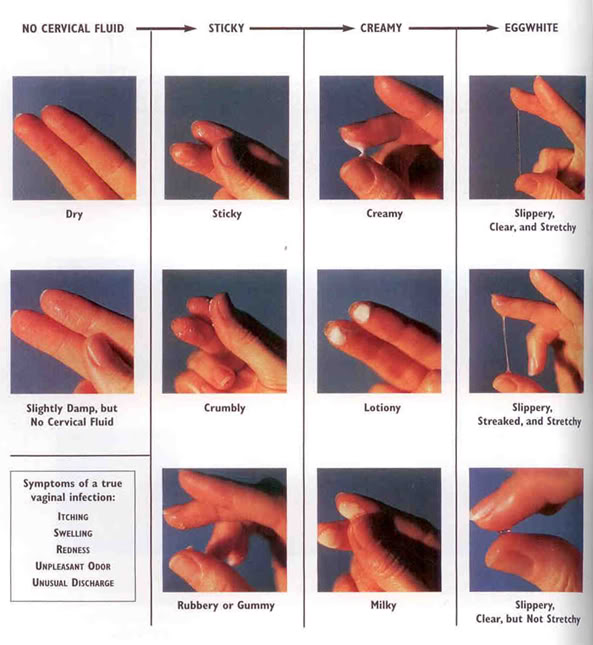I have had so many conversations recently with peers who are trying to get pregnant (and some planning to avoid pregnancy) that I think it’s time to do a little P.S.A. There is some incredibly simple and important information about your cycle that we all *should have* learned in high school biology class, but for some reason didn’t, and to all of our detriment. There are some great resources for delving deeper into this information, but let’s just start with the basics.
Your Fertile Phase
Unlike what we learned in school, there are actually very few days in a cycle where it is biologically possible to get pregnant. Once you ovulate, the egg can survive for a maximum of 24 hours without being fertilized by sperm. You typically only ovulate once per cycle, except in VERY RARE circumstances where a person may release multiple eggs in a cycle, but even when this happens, it is ALWAYS WITHIN ONE 24 HOUR PERIOD.
Sperm can live for up to 5 days inside the female body, but only when fertile cervical fluid is present. At other times in the cycle, the sperm will die after a few hours at most.
This means there are a maximum of 5 days in a cycle where a female can get pregnant, and this 5 day window will vary from person to person.
This information is SO important for us to understand so we can take ownership of our reproductive health, be it with the intention of achieving pregnancy, avoiding pregnancy, or simply having an awareness of the health of our reproductive cycles.
A Normal Menstrual Cycle
Despite what we were taught as teenagers, there is much more normal, healthy variety to the menstrual cycle than one that is 28 days long and where ovulation occurs on day 14. This is the premise that most period / ovulation prediction apps work on, and it could be TOTALLY INACCURATE for you as an individual (and probably is!).
A healthy menstrual cycle can be anywhere from about 21 to 35 days long, a much larger window than the 28 day cycle we were taught in school. Depending on your cycle, ovulation may occur anywhere from 8 to 21 days or longer from the first day of your period.
Because of this, assuming you ovulate on day 14, or precisely in the middle of your own individual cycle, may lead you to try to conceive at an inappropriate time in your cycle.
Luckily, once you know what to look for, it’s actually quite easy to determine which days your UNIQUE body is fertile.
Tracking Your Cycle
Determining which days are your fertile days is surprisingly simple. There are two ways to tell what’s happening in your body: monitoring your cervical fluid and observing your Basal Body Temperature changes throughout your cycle.
Cervical Fluid
Your cervix produces different types of fluid depending on what is happening in your body hormonally. You can observe these changes by looking at the residue on your underwear throughout the day and on tissue when you wipe after going to the washroom. When you start paying attention, you’ll notice there are 4 basic types of cervical fluid: Dry (or none), Sticky, Creamy and Egg White.
When cervical fluid is dry or not present, sperm cannot survive. Egg White Cervical Fluid (clear, stretchy, moist feeling, similar consistency to the white of an egg) is the most fertile environment for sperm, and one of the key fertility signs to look for when monitoring your cycle to be able to tell the best days for attempting to conceive.
Basal Body Temperature
Your Basal Body Temperature is the temperature of your body first thing in the morning, before getting up, talking, drinking, or moving much. It is most accurate if taken at the same time every day, and can be impacted by being sick, drinking alcohol, etc. It is a trickier sign to use if you have an irregular sleep pattern due to work or parenting. Don’t worry though; if tracking your temperature doesn’t work for you, often monitoring cervical fluid alone will tell you most of what you need to know.
Before you ovulate, your resting or basal body temperature should be around 36.1-36.5 degrees Celsius. After ovulating, your basal body temperature rises by a noticeable amount if you are tracking it, and stays high until it drops again before your next cycle starts. Tracking your BBT everyday throughout your cycle can show you whether or not and when you have ovulated, and therefore when the ideal time to attempt to conceive.
Learn More Info
This is an extremely basic intro to motoring your fertility. I highly recommend beginning to track your cervical fluid and / or basal body temperature to see what’s happening in your body. It If everything is healthy, this will help you determine the ideal time to try to conceive (or when to avoid the possibility of pregnancy). For those trying unsuccessfully to get pregnant, it will give you a solid base of info to figure out what’s going on and how to make adjustments with a practitioner such as a Naturopathic Doctor, Traditional Chinese Medicine practitioner, or Holistic Reproductive Health Professional.
While you are learning, here are the resources I recommend:
- Taking Charge of Your Fertility (Book)
- Kindara (Free App for Education and Fertility Tracking)
- Fertility Friday (Podcast)
Best of luck in your fertility journey! And please get in touch about my birth, miscarriage, or abortion services if they become relevant to you along the way!
If you are a DOULA or other health professional working with families in their reproductive years, please join us in our Fertility Literacy for Doulas class on December 2, 2018 in Vancouver BC:
Event Details
Saturday, December 2nd, 2017
12pm-2:30pm
$45 per person or $30 if you are a Wise Woman Way of Birth graduate.
Register Now
Purchase our complete MORE WISE, 14-class continuing education series to save $$$ and invest in a deeper, more effective, more professional doula practice. Learn More.
Don't miss out on other original childbirth articles like this one! Join other mothers and birth professionals on my mailing list!

